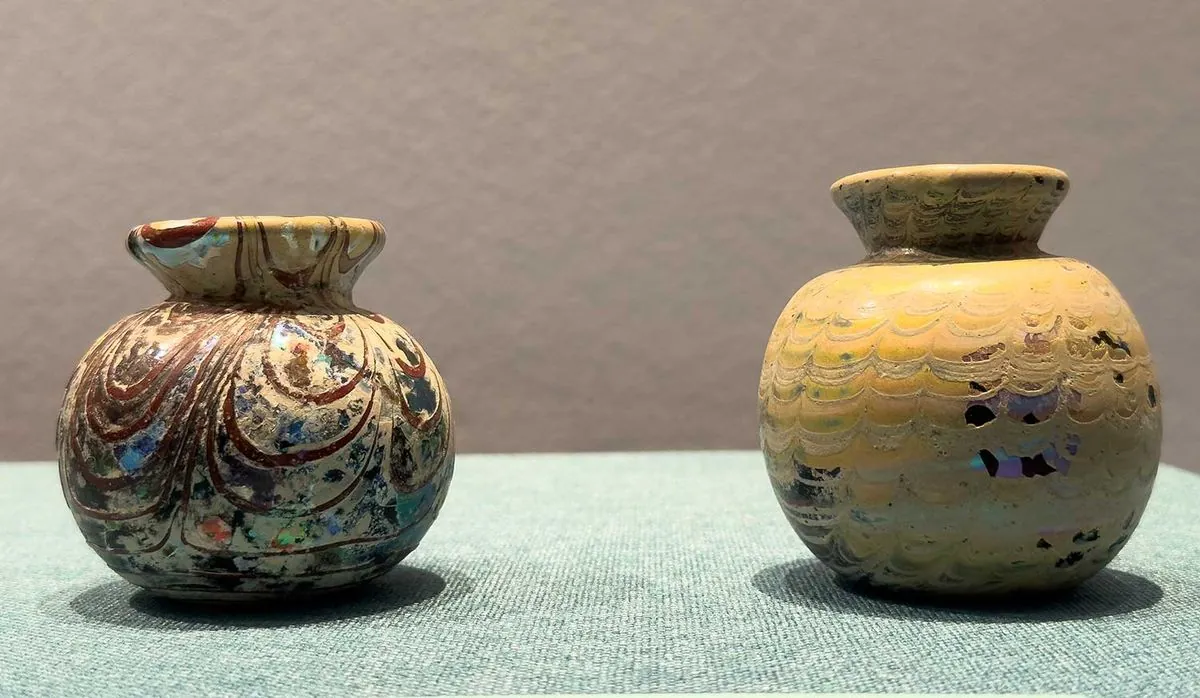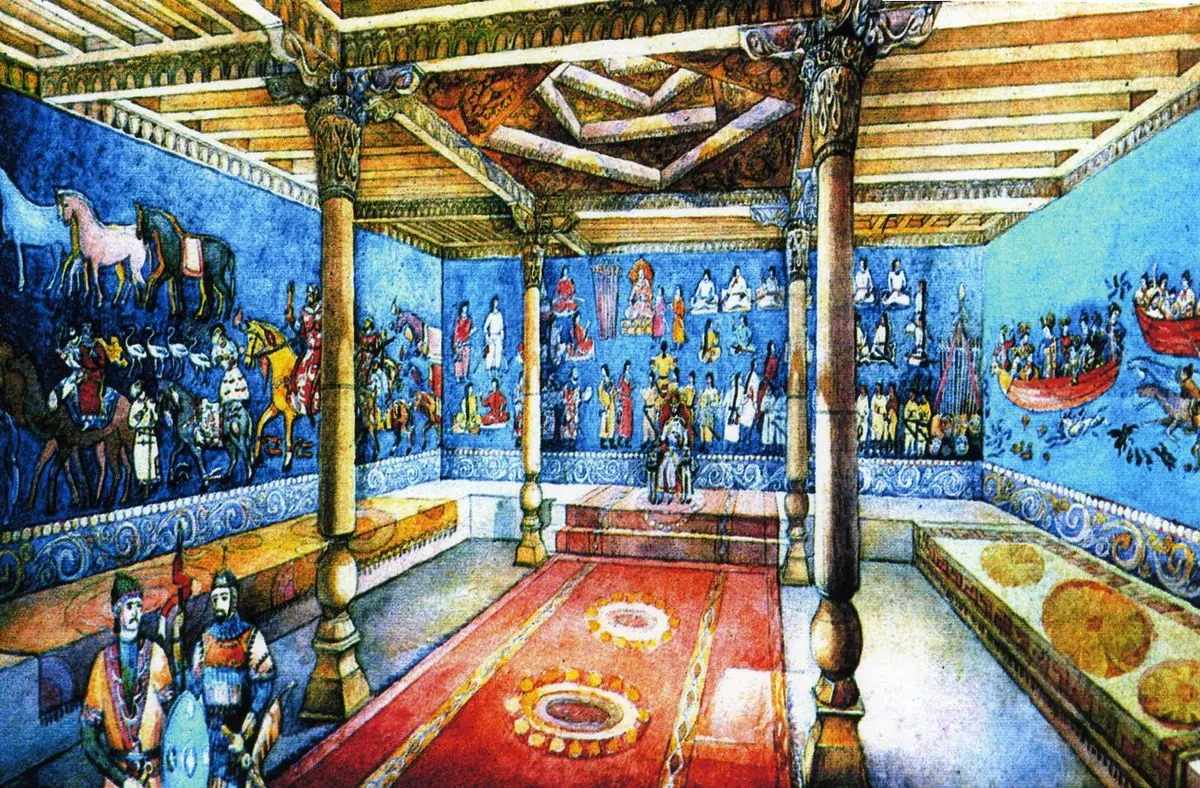British Museum Unveils "Silk Roads" Exhibition: A Journey Through Ancient Trade Networks
The British Museum's new "Silk Roads" exhibition explores diverse trade routes from AD 500-1000. Featuring artifacts from various cultures, it showcases the complex networks that connected Asia, Africa, and Europe.

The British Museum in London is set to unveil a captivating new exhibition titled "Silk Roads" on September 28, 2024. This comprehensive showcase will run until February 2025, offering visitors a unique perspective on the intricate trade networks that connected diverse civilizations from AD 500 to 1000.
Contrary to popular belief, the Silk Road was not a single route but a vast network of interconnected pathways spanning over 4,000 miles. This exhibition aims to challenge preconceived notions by presenting the Silk Roads as a plural concept, emphasizing the complex web of connections that facilitated the exchange of goods, ideas, and cultures across Asia, Africa, and Europe.
Sue Brunning, co-curator of the exhibition, explains:
"This exhibition is presenting a rather different vision of the Silk Road than some people might be expecting... Rather than a single trade route between east and west, we are showing the Silk Roads plural... as a series of overlapping networks that link communities across Asia, Africa and Europe"
The exhibition showcases a diverse array of artifacts, including Chinese ceramics, Byzantine jewelry, and the earliest known group of chess pieces. These items serve as tangible evidence of the extensive cultural exchanges that occurred during this period.
One of the exhibition's highlights is a large mural discovered in the reception hall of an aristocratic house in Samarkand, Uzbekistan. This remarkable piece offers insight into the opulent lifestyles of those who benefited from Silk Road trade. Additionally, visitors can marvel at a gilded silver cup from the Galloway Hoard, on loan from the National Museums Scotland, demonstrating the far-reaching impact of these trade networks.
The Silk Road's influence extended far beyond the exchange of goods. It played a crucial role in the spread of religions such as Buddhism, Christianity, and Islam across vast distances. Moreover, it facilitated the transmission of groundbreaking inventions like paper, which originated in China and eventually made its way to the West.
The exhibition also sheds light on the development of languages, writing systems, and diplomatic relations between distant empires. Visitors will learn about the importance of caravanserais, roadside inns that provided crucial support for traders traversing these routes.
While silk and spices were indeed significant commodities, the Silk Roads facilitated the movement of a much wider range of items. Brunning elaborates:
"We're showing that it was not just silk and spices... but also people, objects and ideas moving sometimes great distances, not just by land, but also by sea and river and exchanges taking place in all contexts."
The "Silk Roads" exhibition offers a comprehensive look at this fascinating period of history, highlighting the complex interactions that shaped civilizations across three continents. By exploring these ancient trade networks, visitors can gain a deeper understanding of the interconnected nature of our world, both past and present.

As visitors explore the exhibition, they will discover how the Silk Road contributed to advancements in music, art, and cuisine. They will also learn about the crucial role of the Bactrian camel in facilitating trade across challenging terrains. Furthermore, the exhibition touches on how climate change and desertification affected some Silk Road routes over time, demonstrating the dynamic nature of these trade networks.
By presenting this multifaceted view of the Silk Roads, the British Museum invites visitors to reconsider their understanding of ancient trade and cultural exchange. The exhibition serves as a reminder that globalization is not a modern phenomenon but has roots stretching back over a millennium, shaping the world we inhabit today.


































